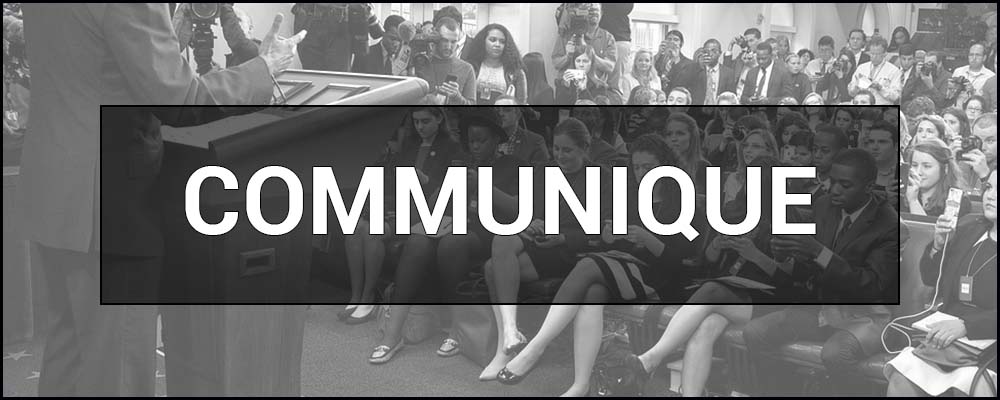A communiqué is an official communication or statement that is transmitted between governments or international organizations to reflect a common understanding or decision on certain issues. A communiqué is usually issued after important diplomatic meetings, conferences, or summits and serves as a record of agreed-upon points of view or decisions made. It is an important tool in international relations and diplomacy, allowing for accurate and constructive messaging on the global stage.
What is a COMMUNIQUE – concept and definition in simple words.
In simple terms, a communiqué is like a letter that states or international organizations send to each other after important meetings, such as summits or conferences. In this “letter”, they highlight what they discussed and agreed upon.
A communiqué is a way to share the results of discussions with other countries and with the public in a clear and understandable way. You can think of it as an official report of what happened during a large and important meeting between countries.
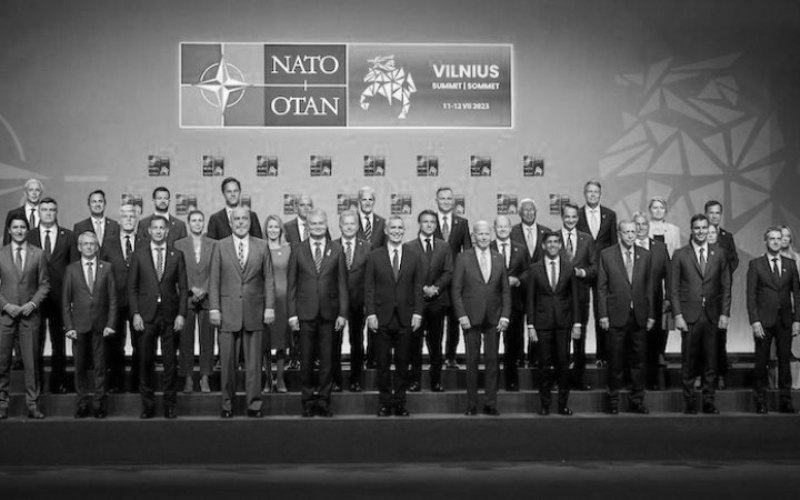
History and origin of the term “Communiqué”.
Since time immemorial, people have been constantly improving the means of communication. First, it was clumsy images on stone, then manuscripts, and then printed words. Modern communiqués are descendants of this long and rich history of communication.
The word communiqué comes from the French word “communiquer,” which means “to transmit, to exchange information.” In ancient times, when information was transmitted rather slowly, these were letters that statesmen sent to each other to convey their positions or intentions.
The sequence of communiqué evolution:
- The ancient world. At this time, simple written messages between rulers of states were used.
- The Middle Ages and the Renaissance. With the development of diplomacy, communiqués begin to take on a modern form, turning into conditional codes and treaties.
- Modern times. During the two world wars, communiqués occupy a key place in international relations, they are used to highlight the position of the parties and reach compromises.
- Modern times. Today, communiqués are a standard tool in international diplomacy. They are issued after important meetings and conferences, describing agreements and joint decisions.
At the present stage, they have become an integral part of the diplomatic process, expressing a common understanding and agreement between states or international organizations on certain issues. Regardless of the development of technology, communiqués remain a key element of political communication, evidence of international consensus and a tool for peaceful conflict resolution.
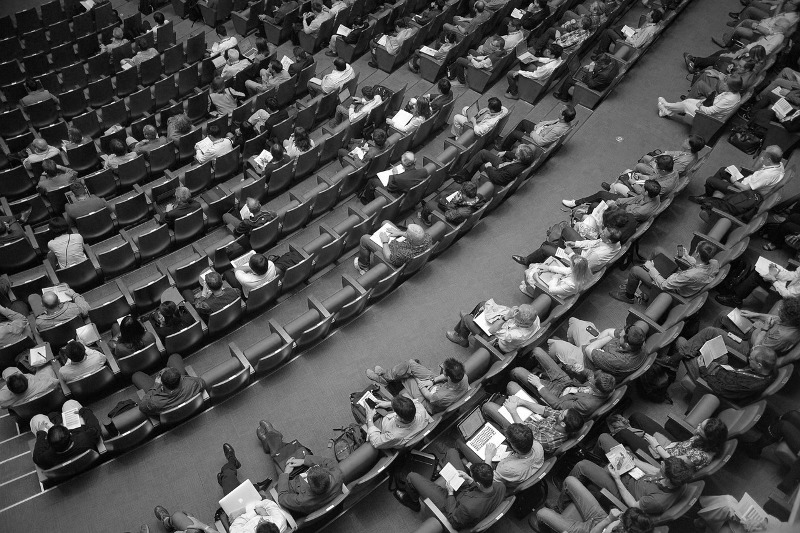
Let’s analyze the communiqué: structure and elements.
Although each communiqué is unique and may differ from the others, there is a certain standard structure and main components that are often found in such documents.
The structure of a communiqué usually includes:
- Headline: A brief description of the topic or event.
- Date and place: Information about the time and place of the meeting or event.
- Introduction: General information about the reason and purpose of the meeting.
- Main body: Discussion of key issues, decisions made, and agreements reached.
- Closing paragraph: Summary of what was achieved and next steps.
10 examples of famous communiqués in history:
- Yalta Conference (1945): Communiqué concerning the partition of Nazi Germany after World War II.
- Potsdam Conference (1945): Communiqué on the principles of democratization, denazification, demilitarization, and decartelization of Germany.
- Communiqué of the Havana Conference (1962): Communiqué on the Cuban Missile Crisis between the United States and the communist USSR.
- Camp David Communiqué (1978): Communiqué that laid the foundation for the peace treaty between Egypt and Israel.
- Communiqué of Paris (1973): Communiqué on ending the war and restoring peace in Vietnam.
- Shanghai Communiqué (1972): Communiqué that opened a new page in relations between the United States and China.
- Rio Communiqué (1992): Communiqué on the basic principles of sustainable development adopted at the Earth Summit.
- Kyoto Communiqué (1997): Communiqué obliging countries to reduce greenhouse gas emissions.
- Group of 20 Communiqué (2008): Communiqué on the global financial crisis.
- Communiqué of the Paris Climate Conference (2015): Communiqué containing commitments of countries to reduce CO2 emissions.
Each of these communiqués has played a significant role in the history of international relations and shows how important a well-drafted communiqué can be.
The importance of communiqués in modern diplomacy.
In a world where we face international challenges at every turn, the importance of accurate, transparent and timely communication between countries cannot be overestimated. Communiqués play a key role in establishing and maintaining diplomatic relations by ensuring clear and accurate communication.
The modern role:
- Clarification of positions: A communiqué allows countries to express their position on various issues clearly and without ambiguity, avoiding misunderstandings and ensuring consensus.
- Impact on international relations: The predictability and transparency provided by a communiqué can strengthen relations between countries, improve cooperation, and lead to positive changes in international politics.
- Preservation of history: Communiqués also serve as an important historical document, reflecting the development of relations between countries, their commitments, and agreements.
The importance of communiqués in modern diplomacy cannot be underestimated. They serve as a bridge for dialogue, promote peace and stability, and ensure transparency and mutual understanding between nations.
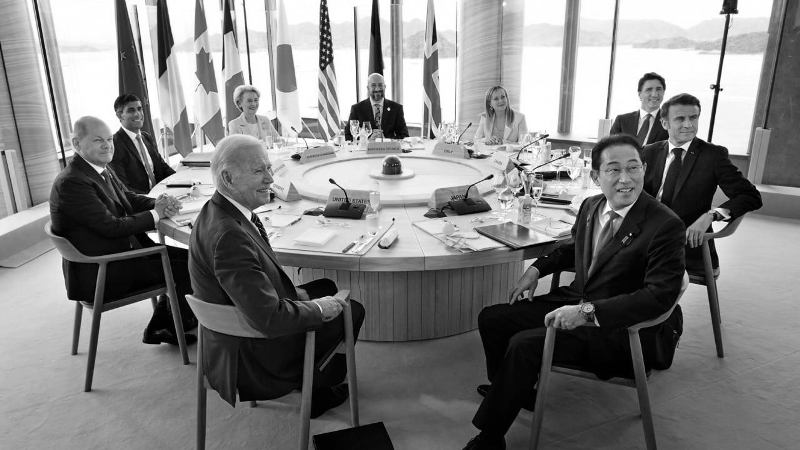
A practical guide: how to create a diplomatic communiqué.
From crafting a short message to compiling a detailed report, writing an effective communiqué requires skill and the ability to express ideas clearly. Here are some practical tips and tricks for creating a professional communiqué:
- Clarity and conciseness: A communiqué should be short and direct. Express your thoughts clearly and avoid unclear words and phrases.
- Structure: A communiqué should have an introduction, body, and conclusion. In the introduction, state the purpose of the message. In the body, share information or talk about the problem. In the conclusion, summarize the main points and indicate the next steps.
- Accuracy: Use accurate data and be objective. Inaccuracies can lead to misunderstandings or misperceptions.
- Maintain a tone: Maintain a formal but friendly tone. Avoid emotional language and offensive comments.
- Review: Always review your communiqué before sending it. Check grammar, spelling, and punctuation.
Common mistakes:
- Insufficient justification: Avoid making statements without sufficient justification. This can undermine your credibility and the trustworthiness of your information.
- Use of jargon/slang: While communiqués are commonly used among professionals, avoid overuse of jargon/slang that may confuse or alienate readers.
- Overall tone: Avoid being too informal or colloquial. A communiqué is a formal document.
Writing a communiqué is a skill that develops over time. With experience, you will be able to create effective communiqués that meet your needs and the requirements of your environment.
Conclusion.
A communiqué is an important tool of diplomatic discourse, and its importance cannot be underestimated. It allows for clear and precise communication of information, because in the world of politics and diplomacy, accuracy and clarity are crucial. To understand the nature, structure, and functions of a communiqué is to understand one of the foundations of diplomatic relations.
- Role in the relationship: The communiqué is key to strengthening diplomatic relations between countries. It acts as a bridge that ensures transparent communication and understanding between the parties.
- Influence on international politics: Due to its ability to shape the information field, a communiqué can have a significant impact on international politics, shaping public opinion and creating a country’s political reputation.
- Importance for diplomats: For diplomats, mastery of communiqué writing is one of the most important skills. It is not only a means of communication, but also a way to convey their thoughts, ideas, and attitudes towards a particular issue.
Thus, understanding and knowing how to use communiqués in diplomatic discourse is key to the successful conduct of international relations.
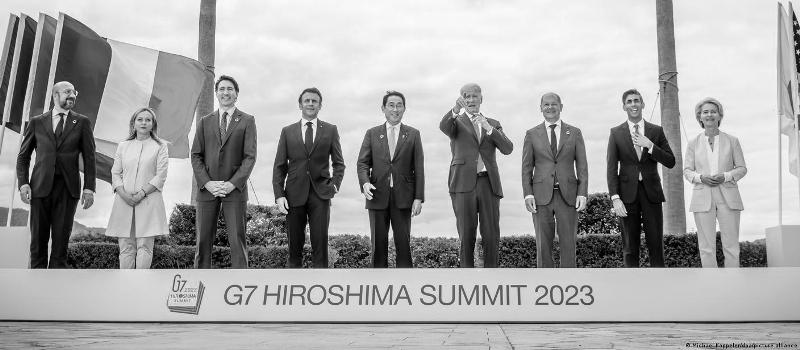
FAQ (Frequently Asked Questions):
At the G7/G20/NATO/UN summits, a communiqué is an official statement reflecting the joint decisions and positions of the participating countries.
As a rule, a communiqué is not directly legally binding, but it can indicate the political commitments of the parties.
No, a communiqué is not a treaty. It is an official communication used for communication between governments.
Yes, a communiqué is a form of official correspondence between governments or international organizations.
As a rule, a communiqué is not personal. It is a formal document that represents the official position of a government or organization.
It depends on the context. Sometimes a communiqué may require a response, but often it is used to convey information without expecting a response.
Communiqués are usually issued by governmental or diplomatic bodies, international organizations.
The structure of a communiqué can vary, but usually includes an introduction, a main message, and a conclusion.
A communiqué can be either public or confidential, depending on its purpose and context.

